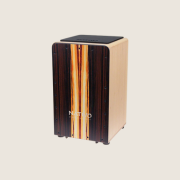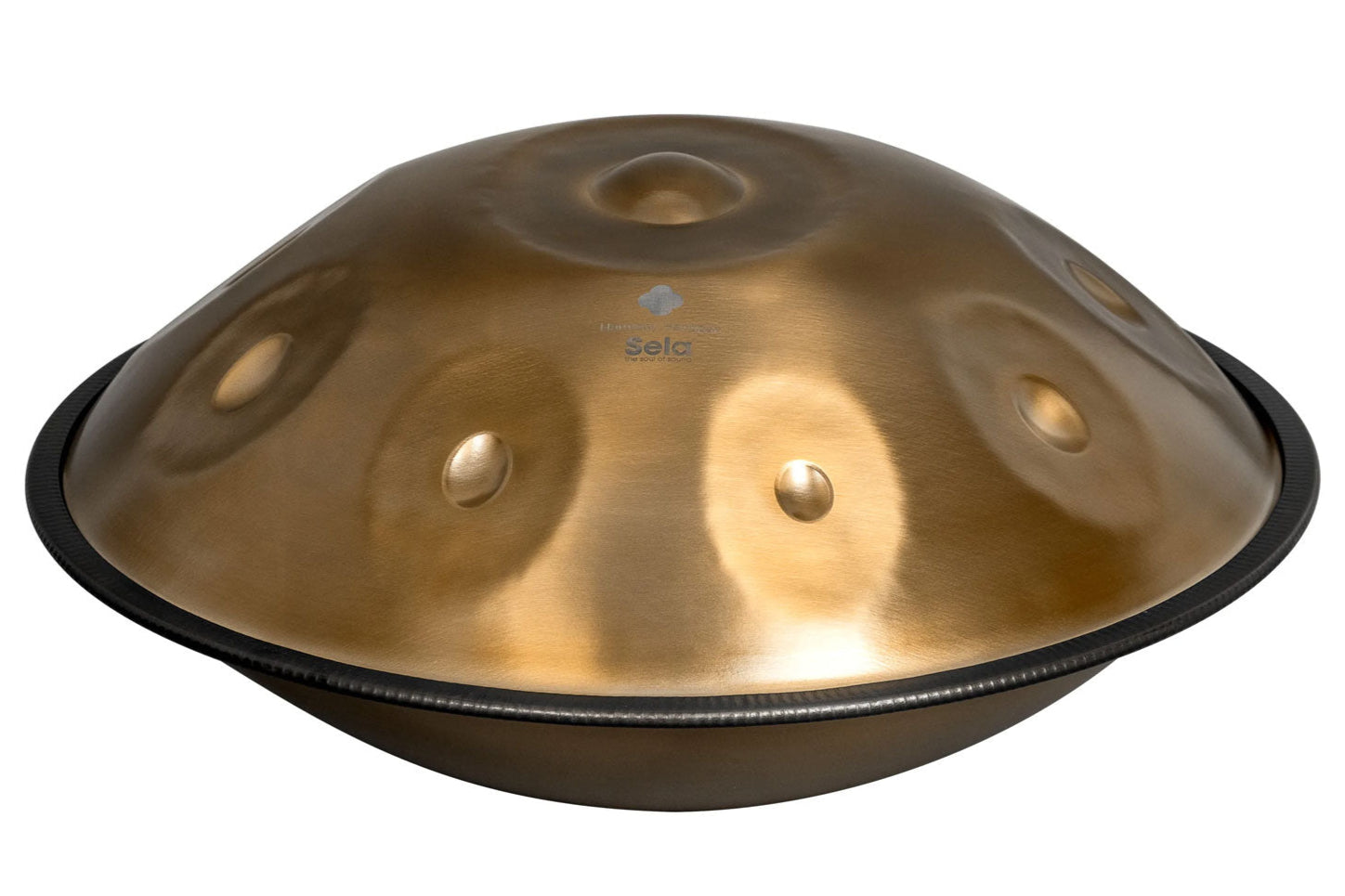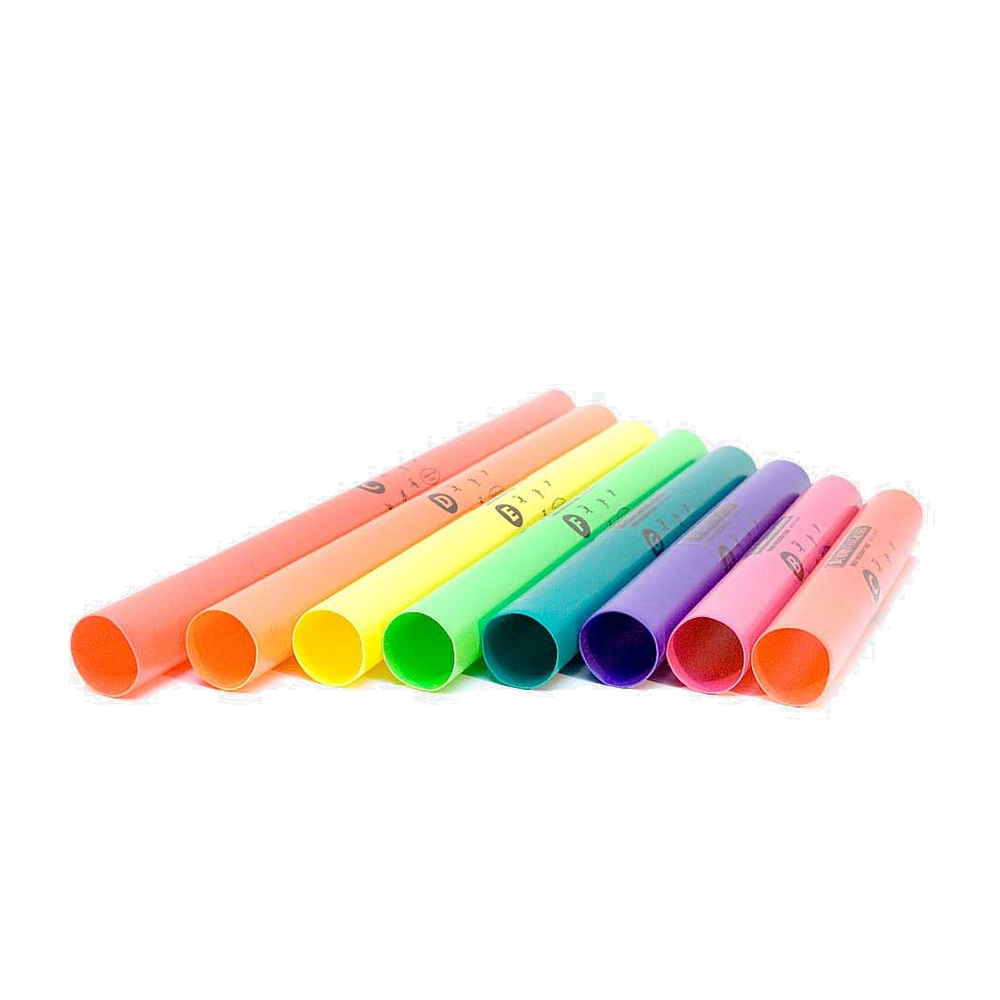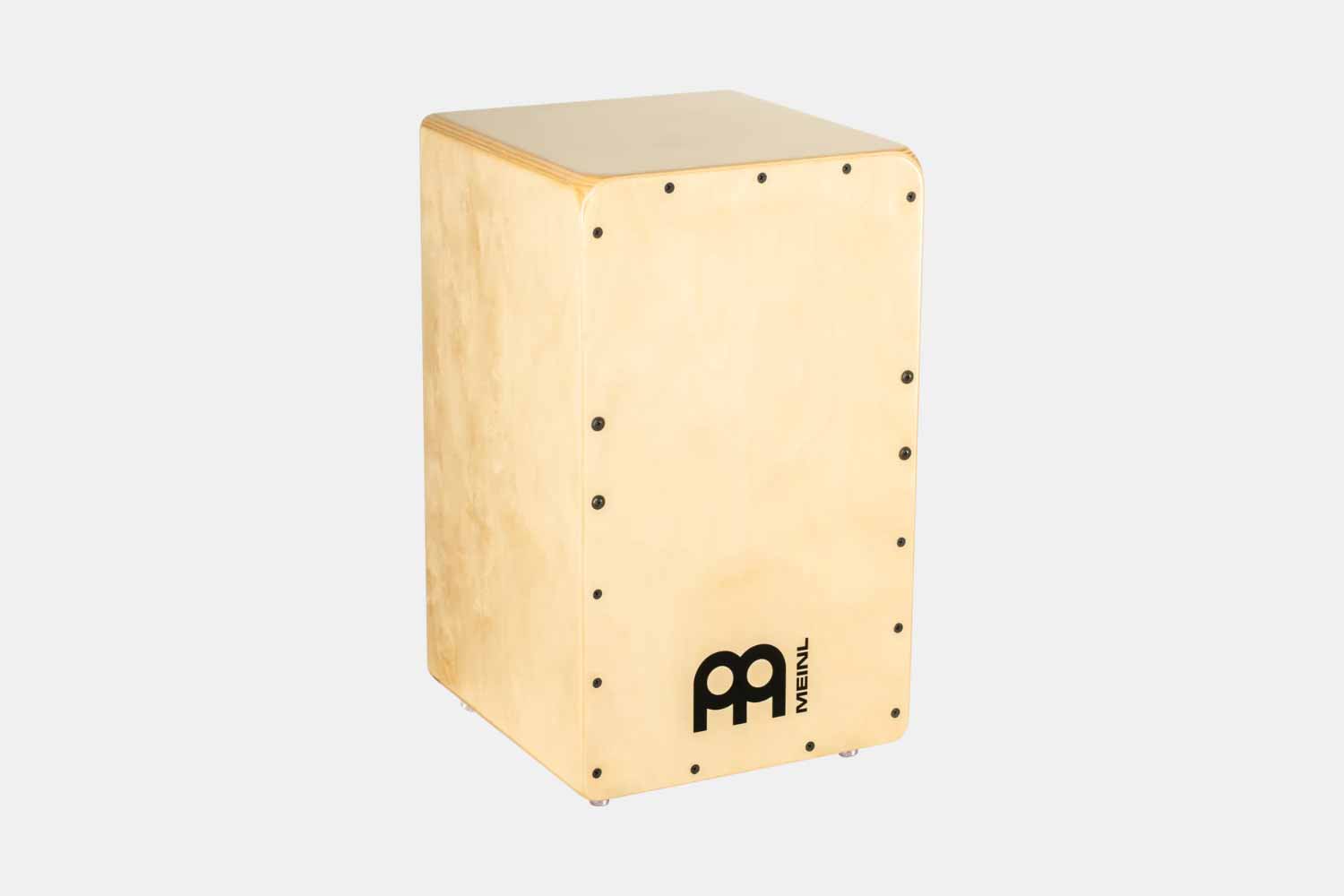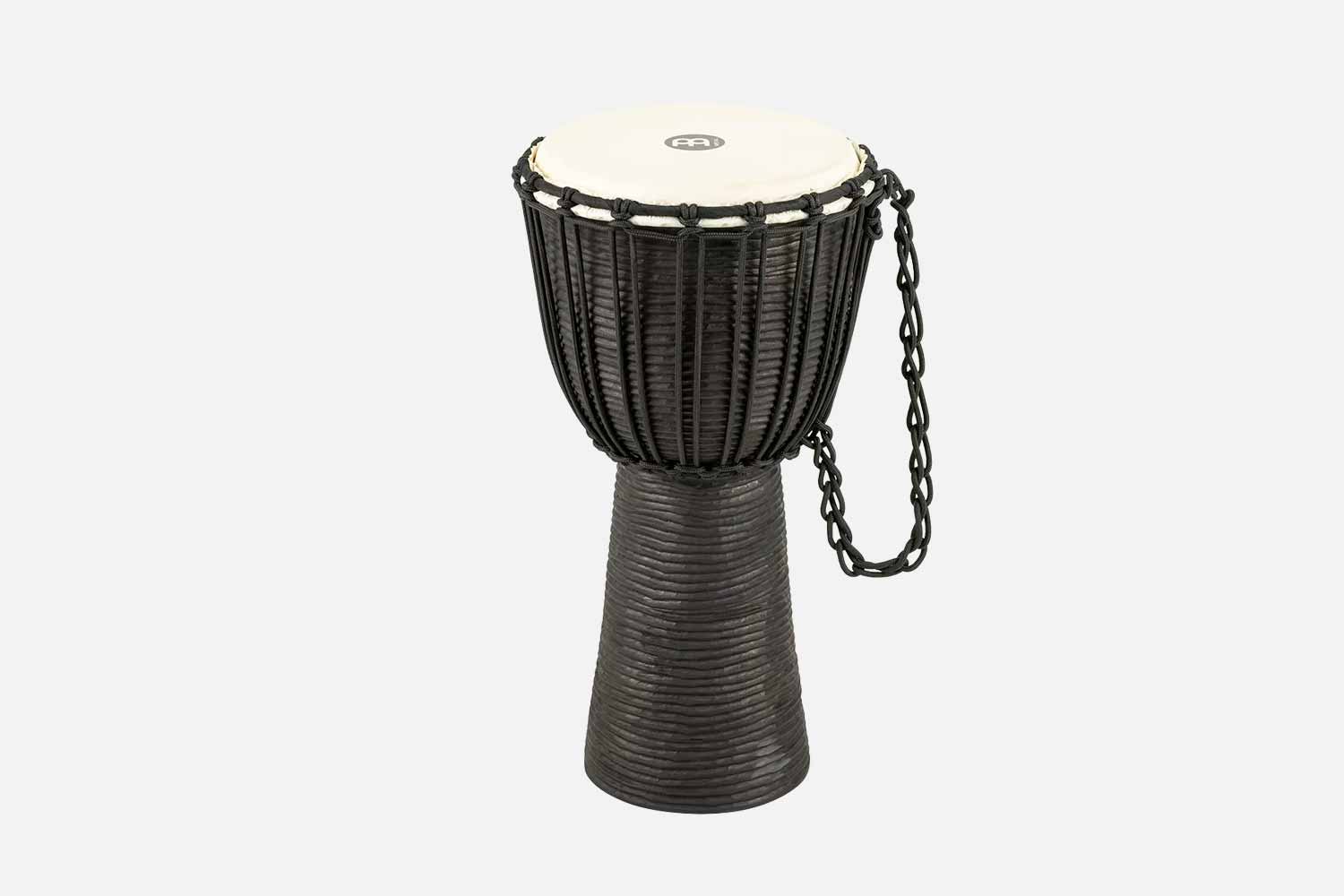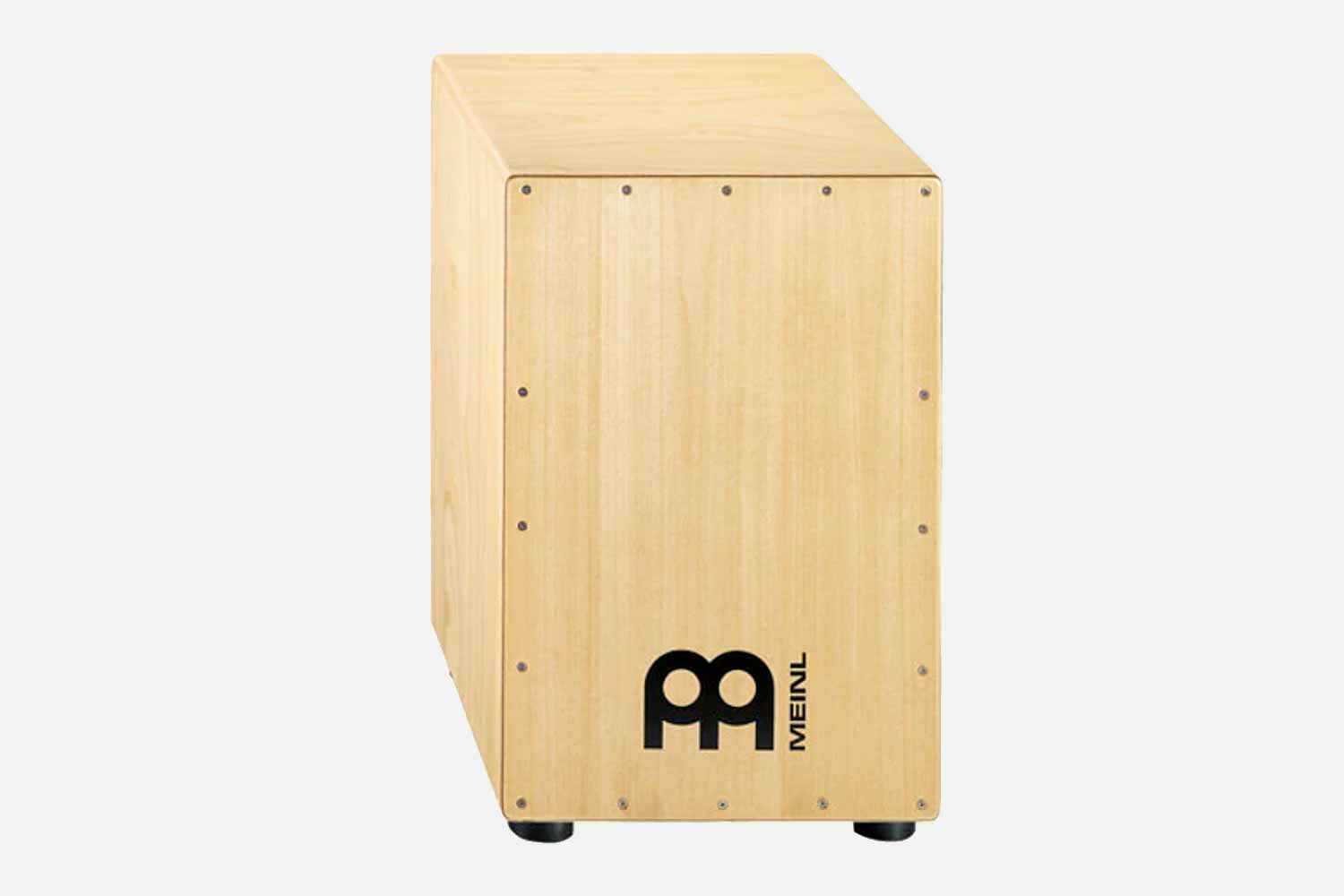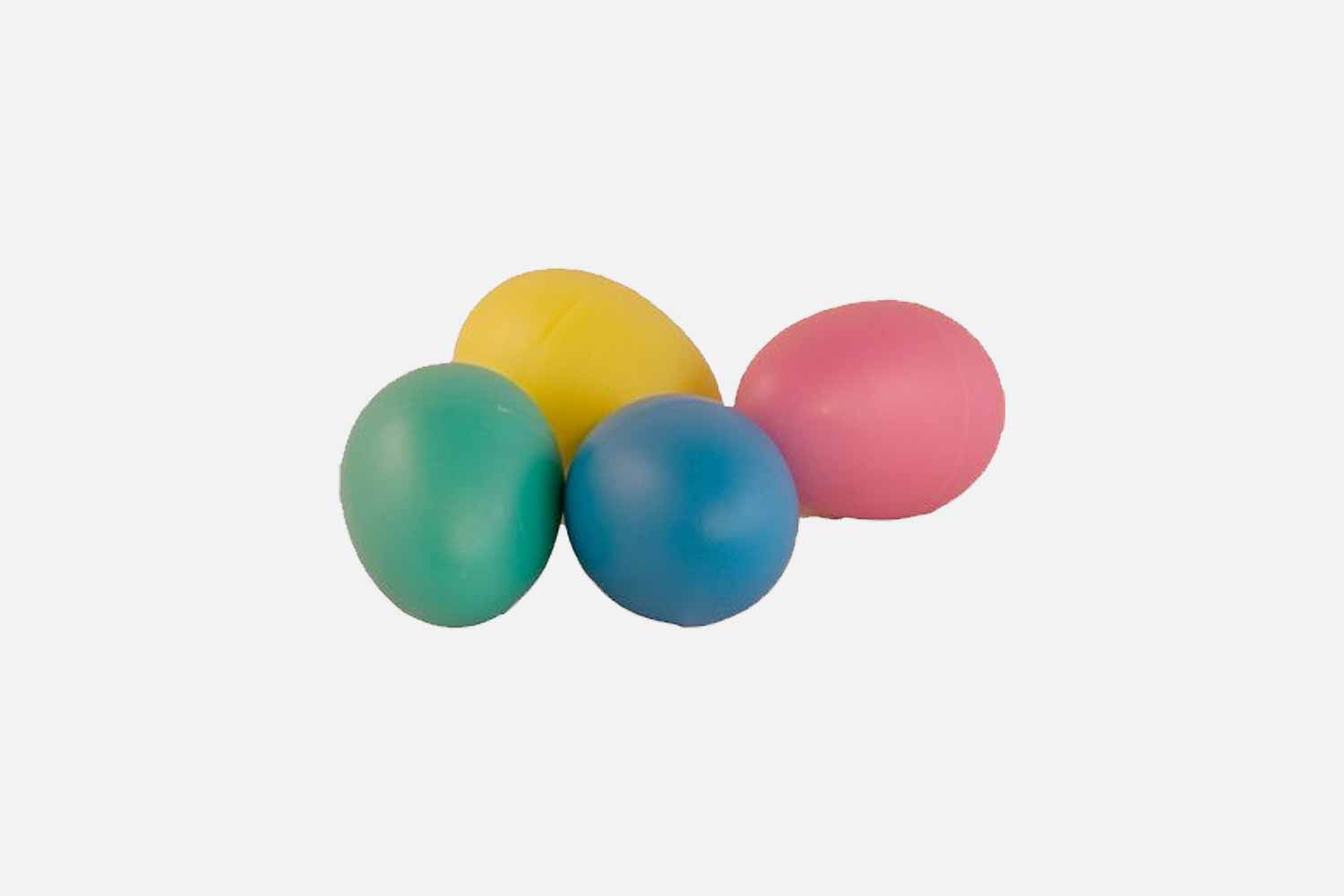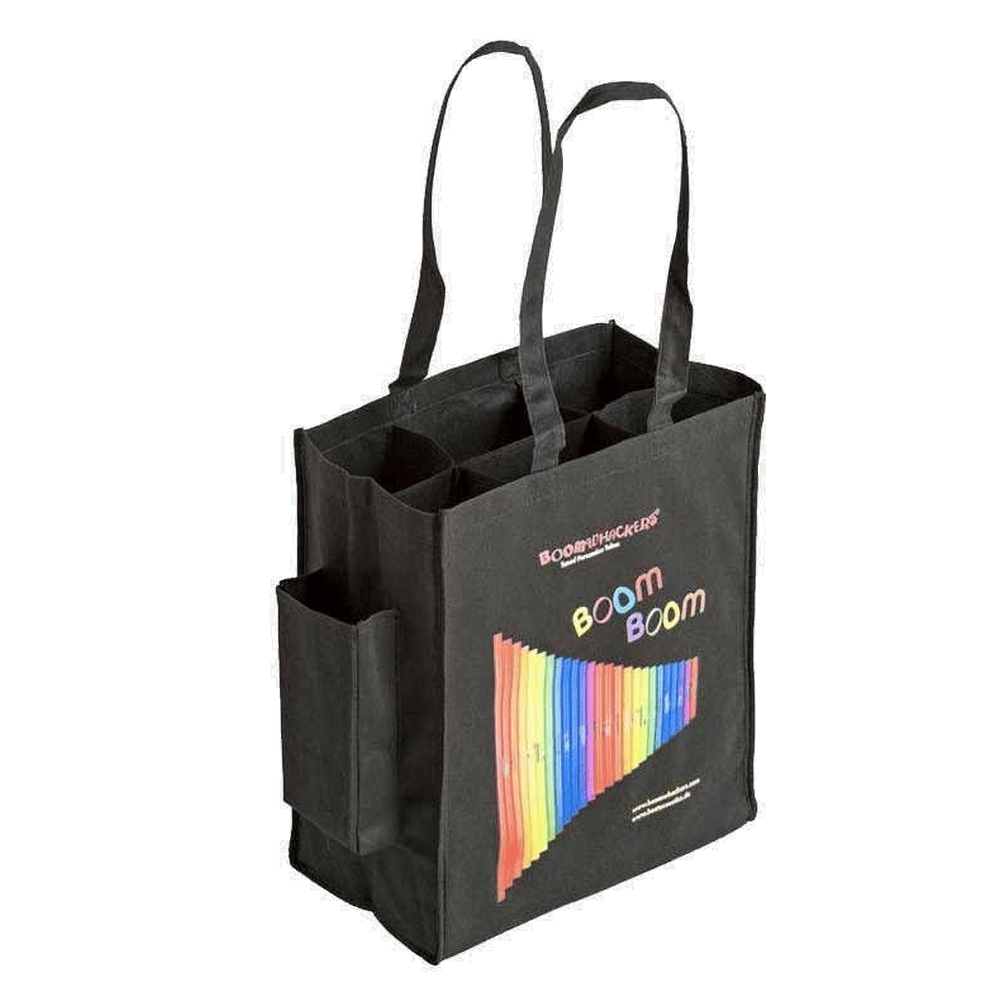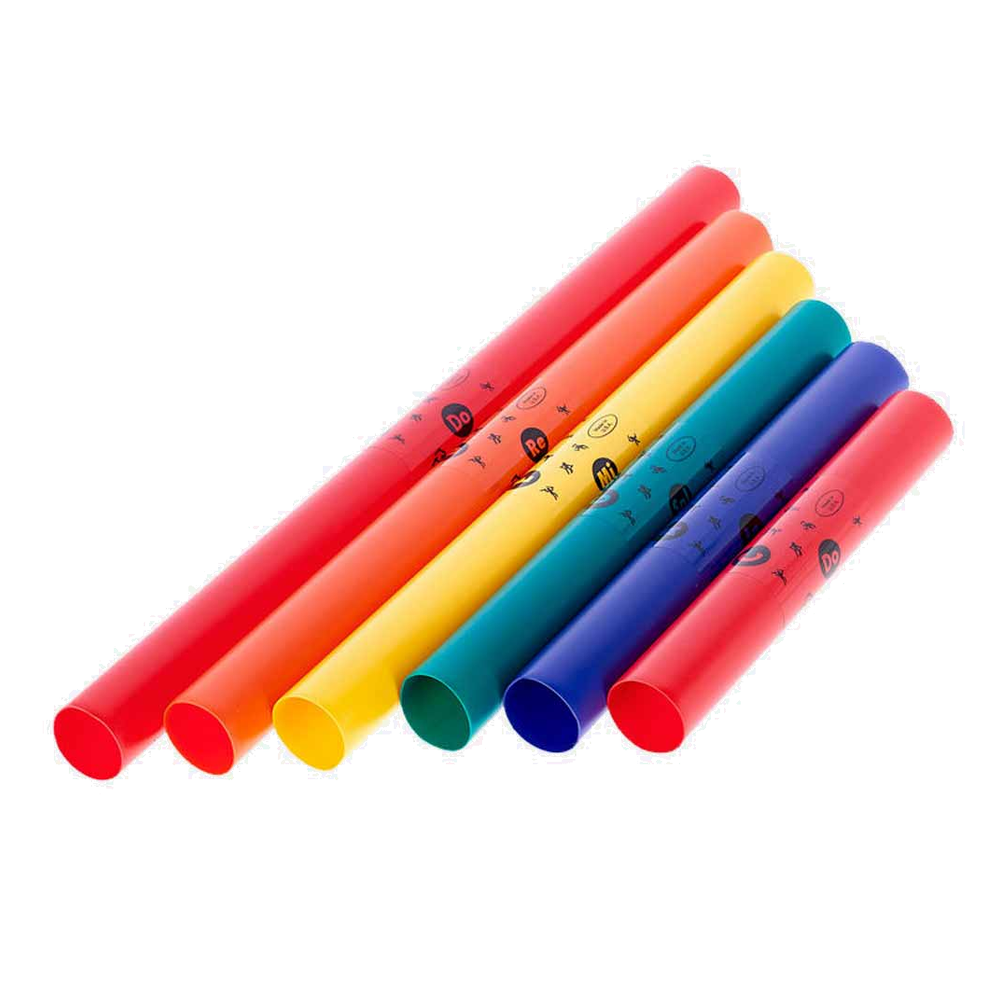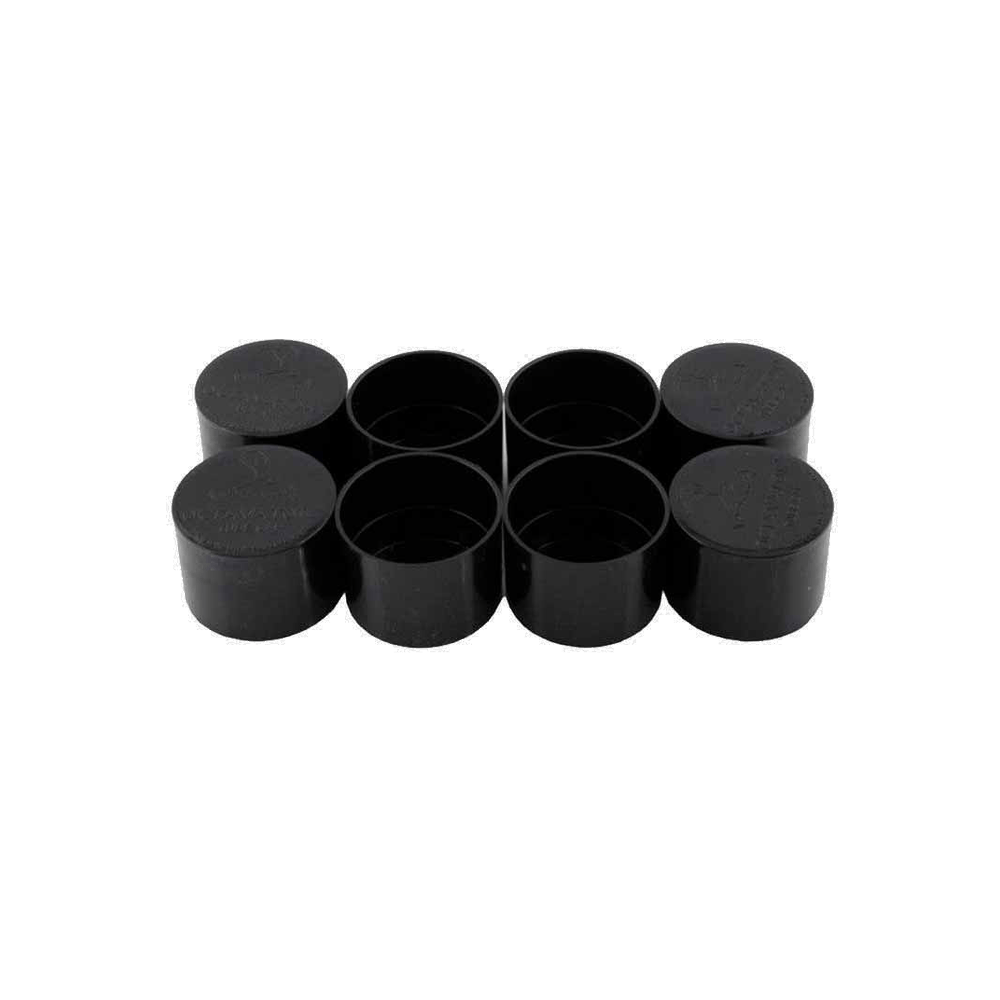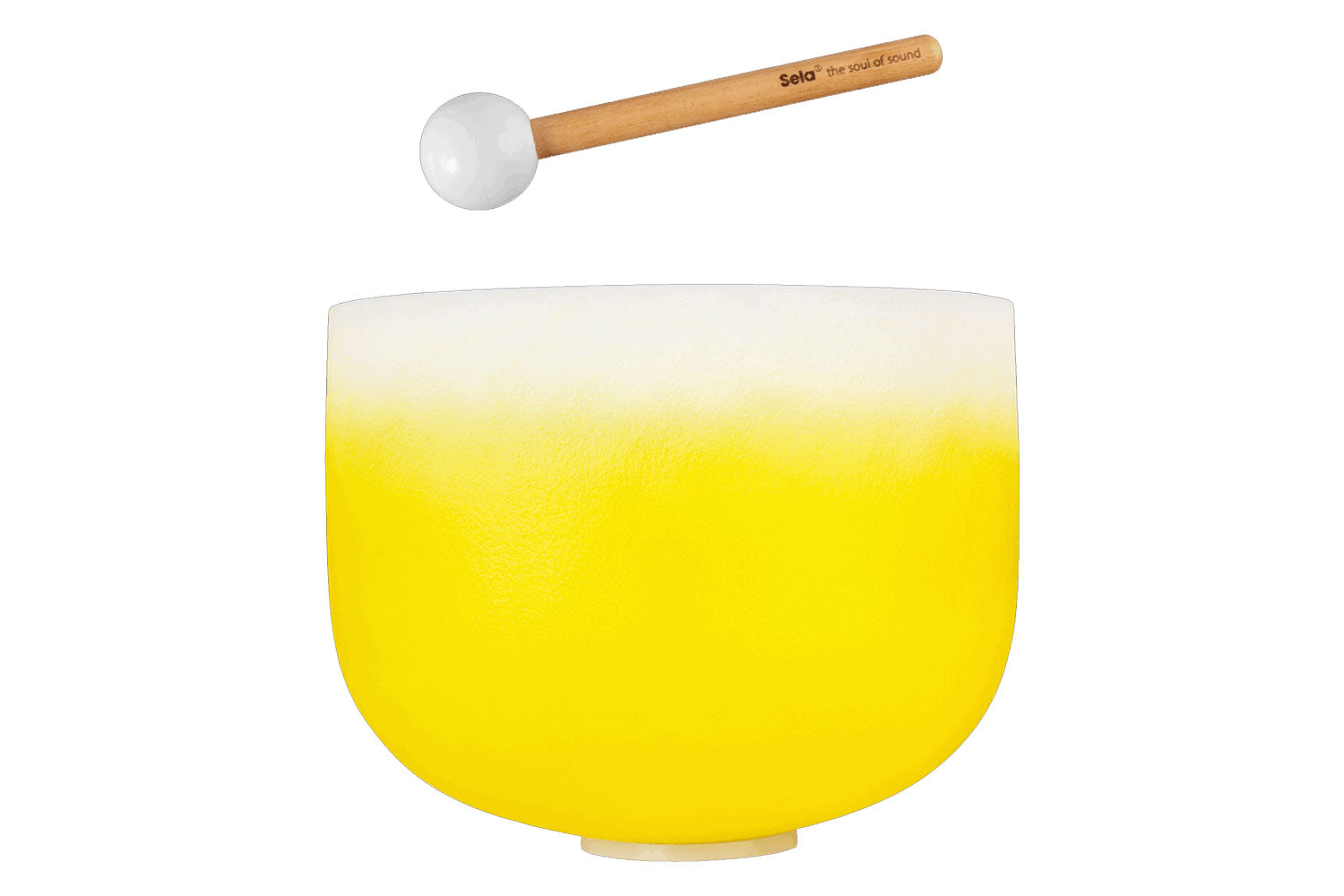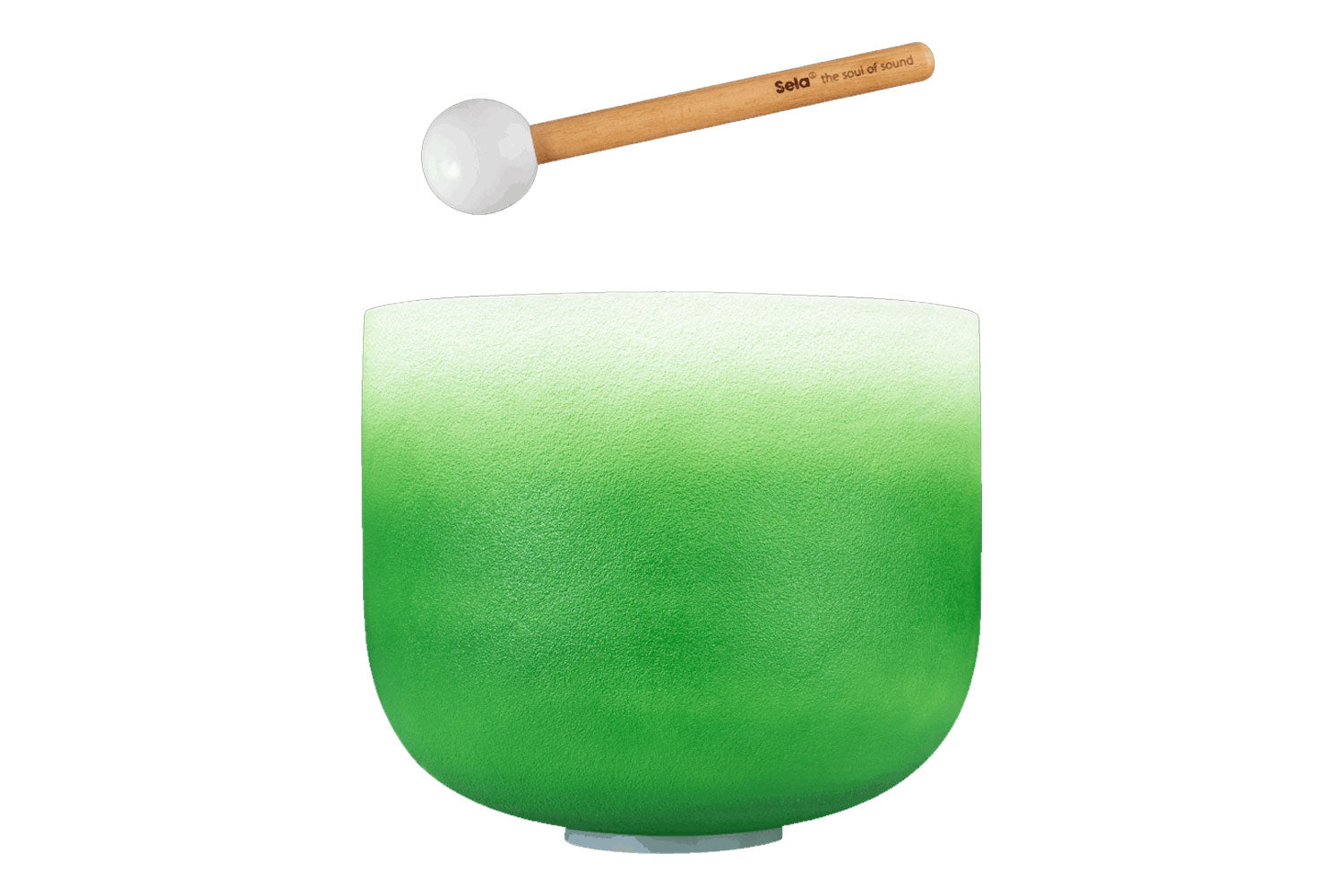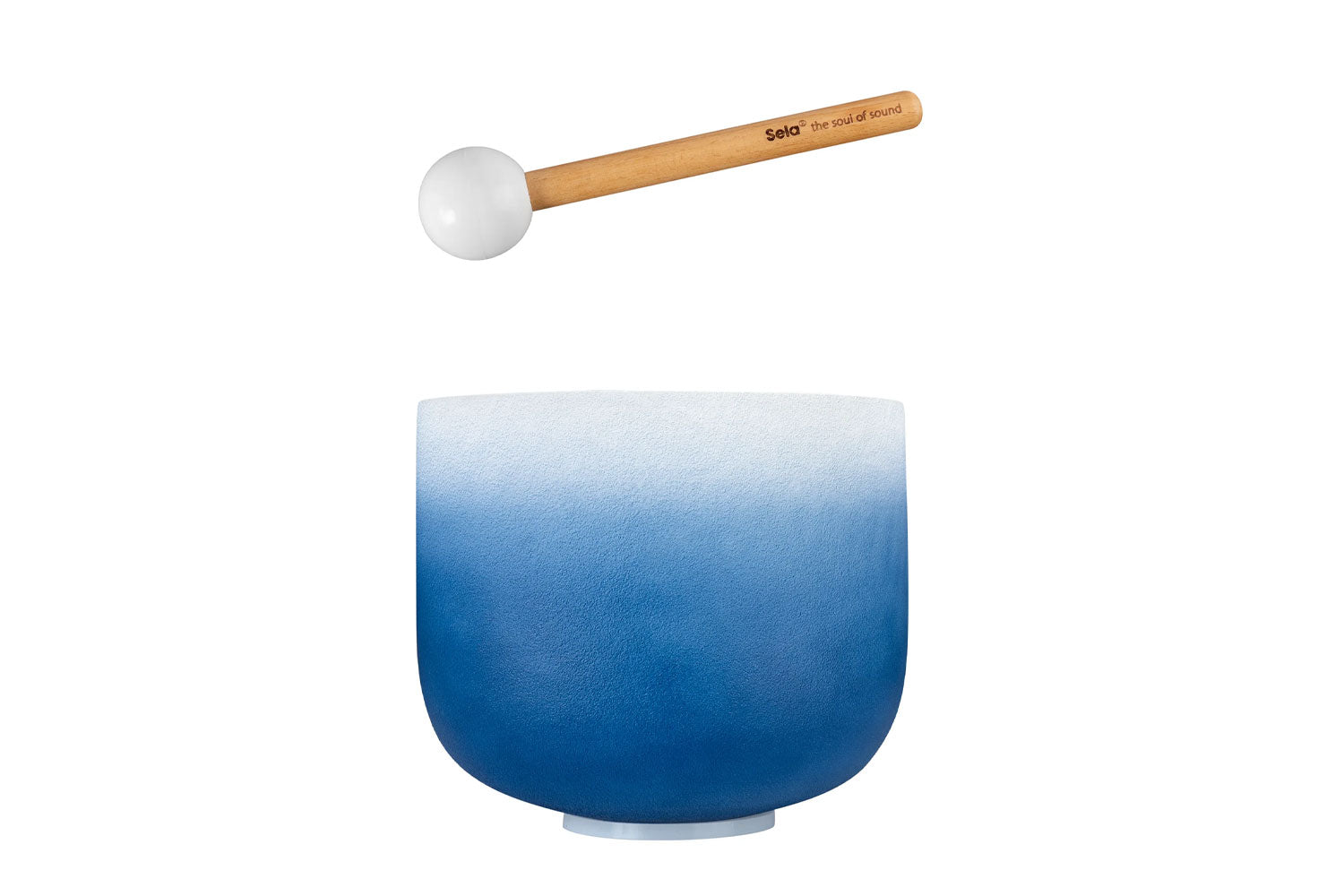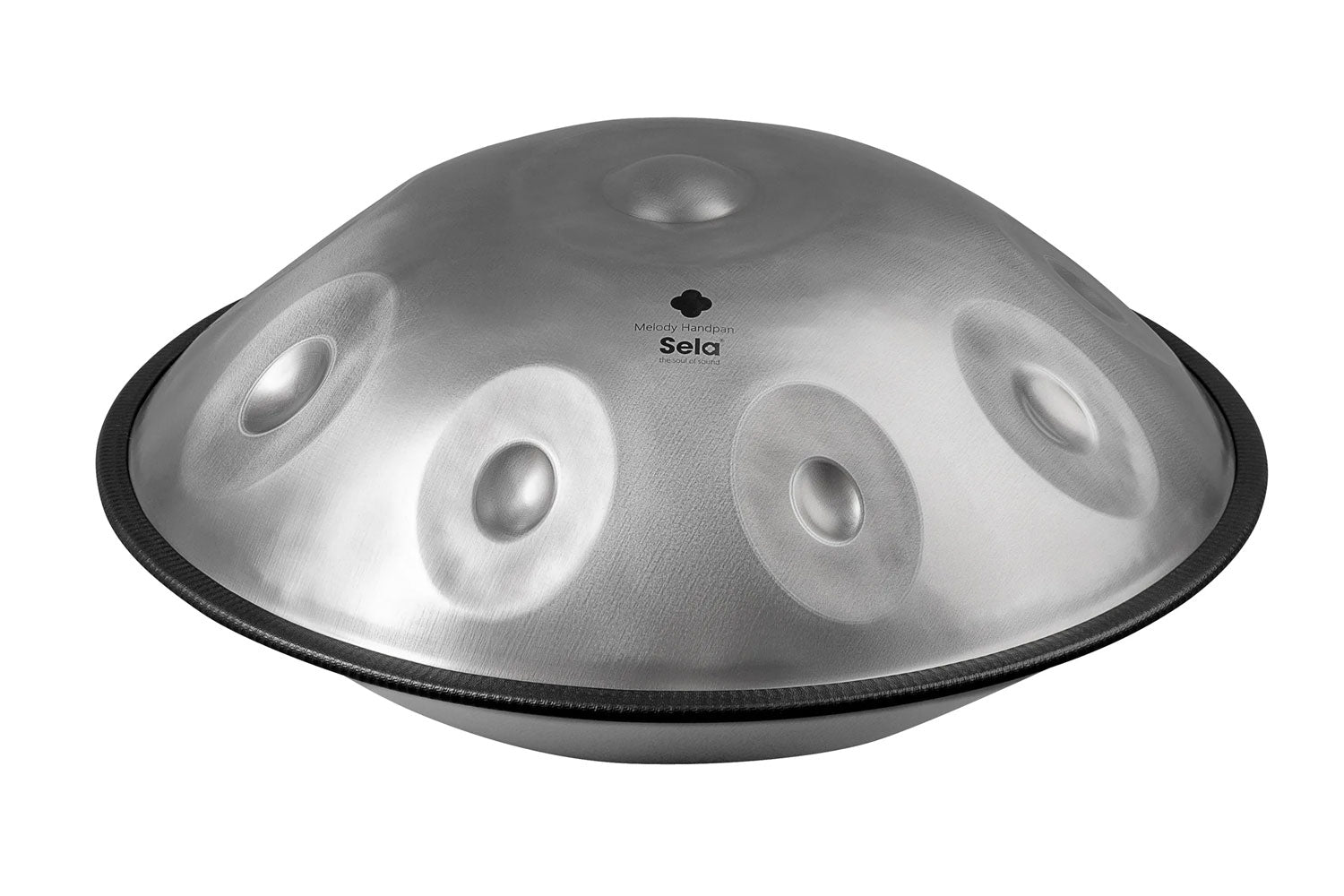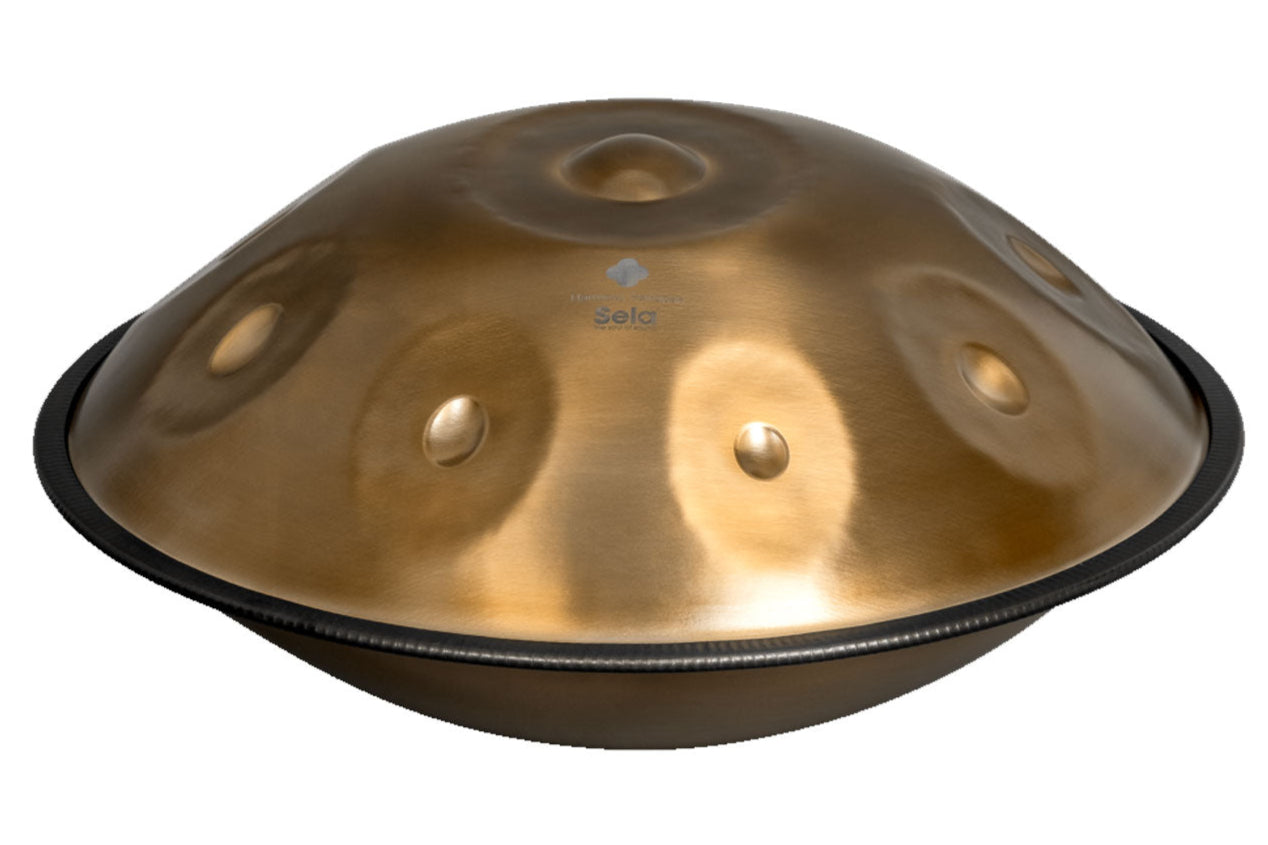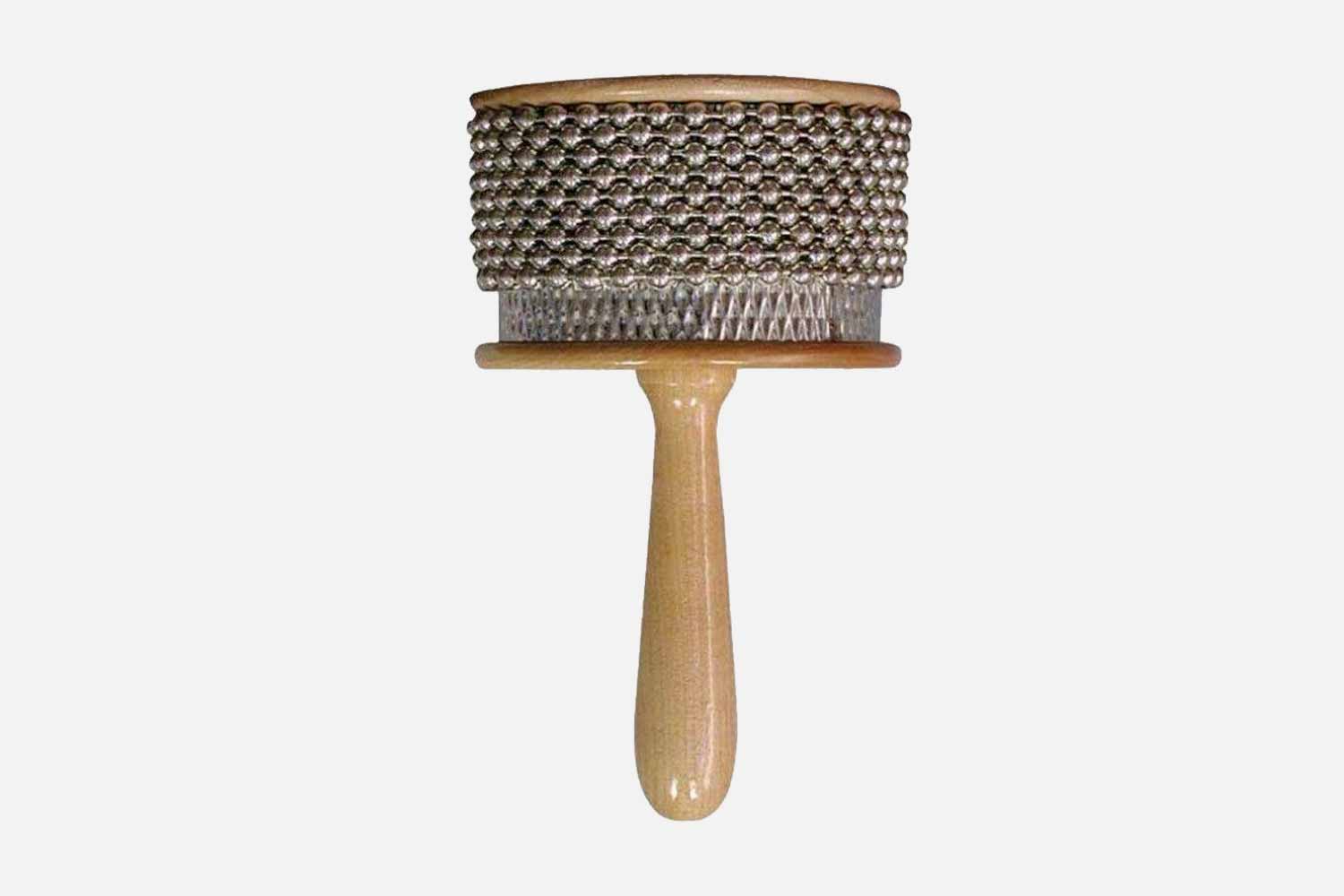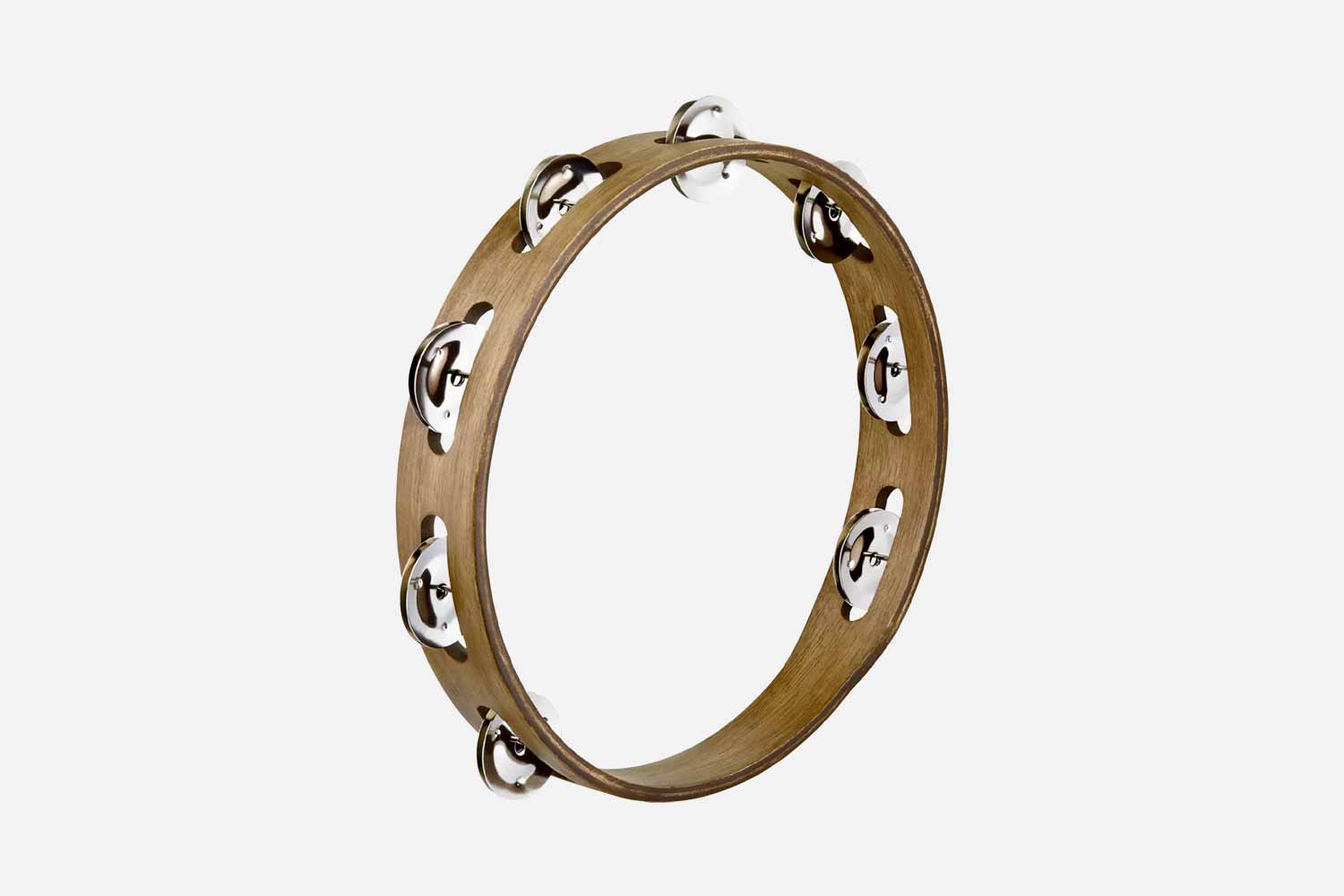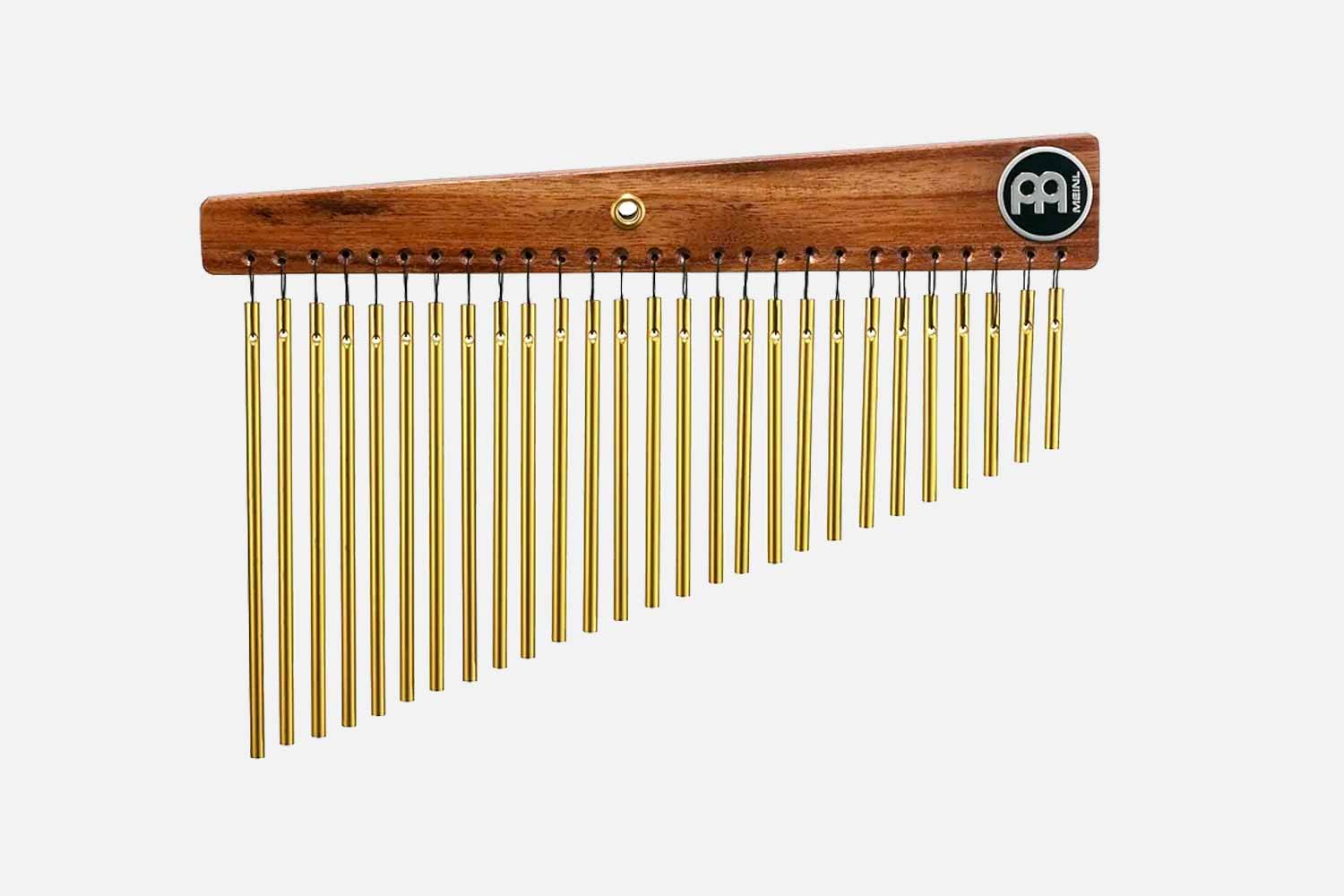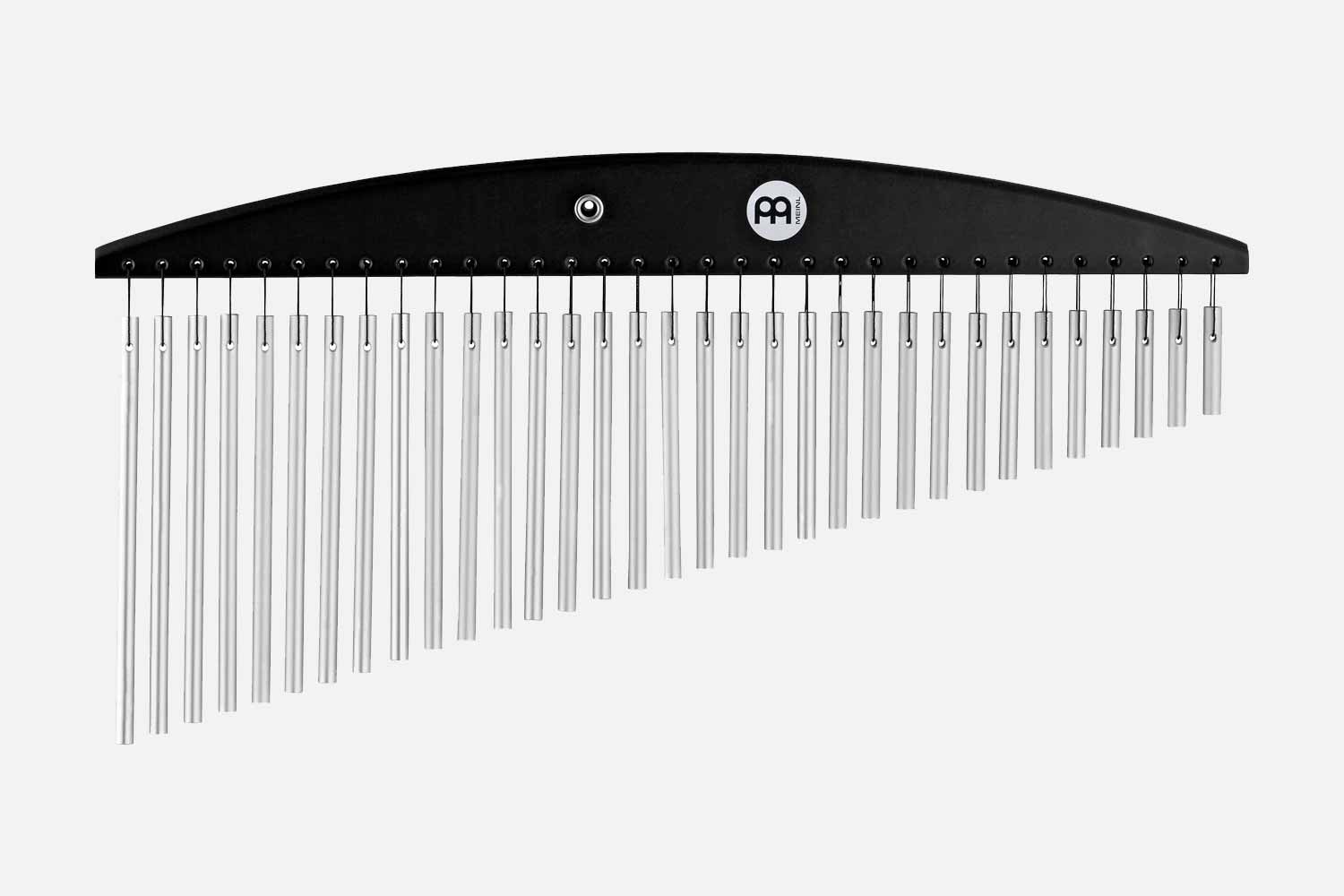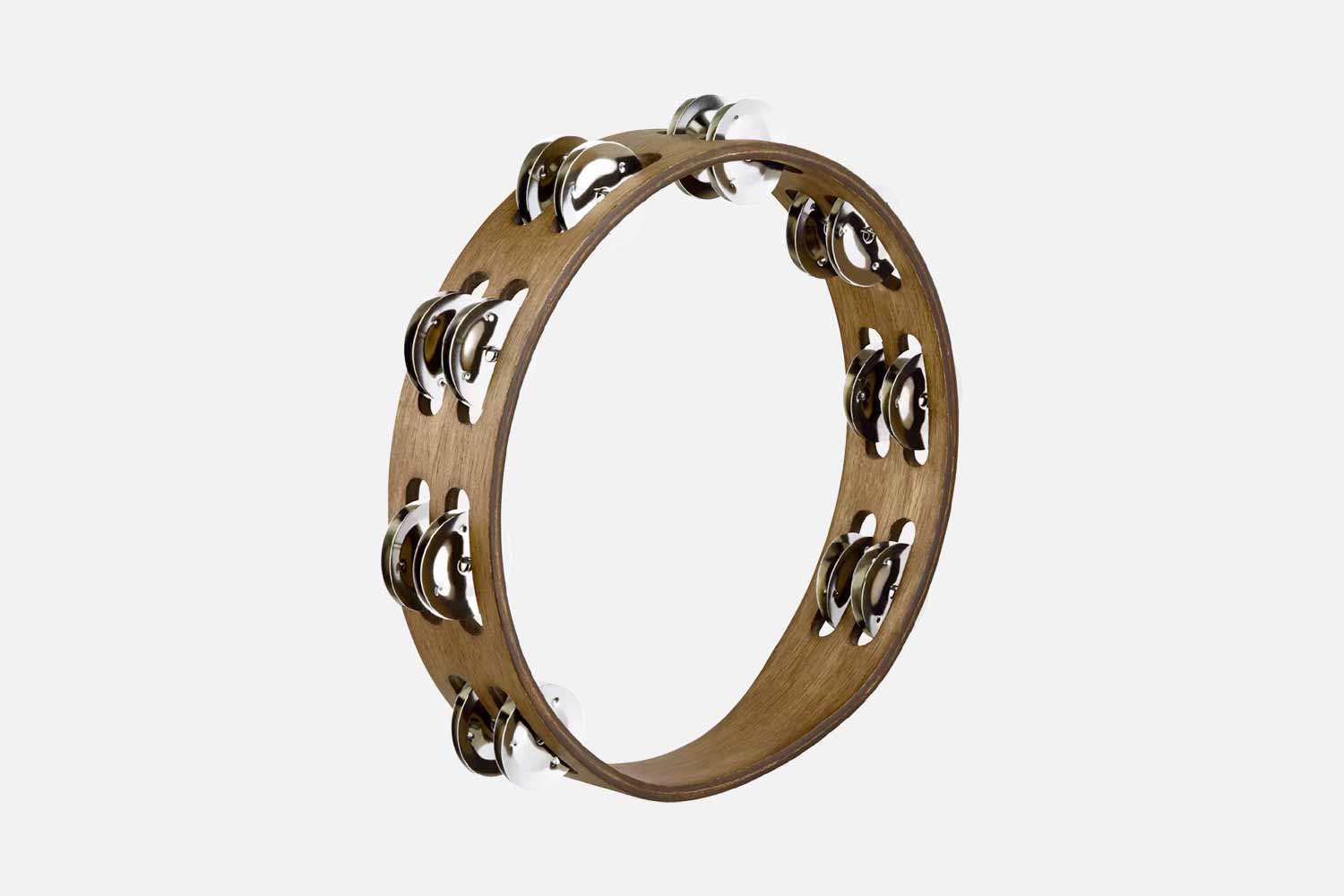Filters
Sort by Featured
-
Sela SE 202 Harmony Handpan D Amara roestvrij staal -
Boomwhackers Diatonisch -
Meinl Cajon WC100B Woodcraft serie -
Meinl HDJ3-M 10'' 'Black River' Ø25,4cm H50,8cm Djembe 'Headliner' series roped -
Meinl HCAJ1NT Headliner Cajon Naturel -
Boomwackers Chromatisch -
MAIN Egg Shaker -
Boomwhackers Boomwhacker Tas Zwart -
Boomwhackers Pentatonisch -
Boomwhackers Octavators -
Sela Crystal Singing Bowl Chakra 12" - Yellow, Solar Plexus Chakra (432 Hz) -
Sela Crystal Singing Bowl Chakra 11" - Green, Heart, F (432 Hz) -
Sela Crystal Singing Bowl Chakra 9" - Indigo, Third Eye, A (432 Hz) -
Boomwhackers Bassen Diatonisch -
Sela SE 227 Melody Handpan D Amara roestvrij staal -
Sela SE 300 Harmony Handpan Bb2 Amara Stainless Steel -
Stagg Cabasa Medium -
Angel AG-27K Klokkenspel met 27tonen -
Meinl TA1WB Tamboerijn -
Meinl Barchimes 27bars HCH1R -
Meinl HCH2BK Barchimes 33bars 'Headliner' -
Meinl TA2WB Tamboerijn
|
Buy percussion percussion?Percussion is the collective name for all kinds of different percussion instruments. We quickly think of non-Western percussion instruments. Percussion instruments come from all parts of the world. African percussion and Latin American percussion are probably the best known percussion for most people. Consider for example the Djembé, Conga, Bongo and Samba drums.Read more... |
|
History of Percussion.
Now it is good to say that percussion has gone two ways over the years. In part it has remained as it was ever conceived. You can see this clearly reflected in the African percussion. The materials have sometimes changed slightly. Instead of an animal hide, plastic sheets are used. Construction, however, has remained unchanged.
But why this piece is called “percussion as history” is because of the following. The percussion instruments of the past are the basis of today's “modern” drums. As an example I can use a djembeuse. It is a sheet stretched over an hourglass-shaped kettle. The sheet has a hard edge along which rope is pulled. This is how the rope pulls the skin down to tension it in the right tone. Modern drums are no different. However, instead of natural products, modern materials are used. Rope is replaced by screws. Natural skin becomes plastic. And the boilers are made of other materials.
So we can actually say that percussion is separate from regular use. Also underpins modern drums.
Different types of percussion.
You can categorize percussion in different ways. This way you can divide it into large and small percussion. Where the measure of the instrument is therefore viewed. In addition, you also have the more difficult names. We will then talk about idiophone, membranophone and chordophone. These are more difficult names. Below is an explanation of these differences.
Small and large percussion.
The difference in this one is completely in the name. You have the small and large instruments. The small instruments are the handy little instruments. Often in the rhythmic form as one shakeror a cabasa. In addition, you also see nice effect instruments in the small percussion. Think of the triangle. In all its simplicity, it can add a lot to different situations. Think of an orchestra with a triangle perfectly timed at the right time. Or think of the beat of Tupac's “changes”. The triangle cannot be ignored in that song.
Logically, large percussion is the collective name for the large instruments. Think of the marimba or in its extreme form the Japanese taiko drums. Which even literally means “big drum”.
Idiophone.
Idiophone means that the instrument makes sound through natural material. These are, for example, wooden or metal products. So think back to that triangle with metal. And with wood it is about the sound bars of a xylophone or marimba. The term idiophone therefore applies purely to the part that generates the sound. Not for the part of the instrument that amplifies the sound.
Membranophone.
In this category we are talking about all percussion instruments with a skin. It therefore concerns a very large part of the drums within this area. Think of the animal skin on a djembe or the large pieces of skin on a taiko drum.
Chordophone.
Chordophone is a questionable category of percussion. It concerns instruments where the sound comes from the vibration of a string. You quickly talk about melodic instruments. Yet there are some that do fall into the category. You play these instruments by, for example, hitting the strings with a stick.
Start with percussion yourself.
If you want to buy something in the field of percussion yourself, you need to know what you are going to do. It is such a broad category that you can go in any direction. For more advice or information you can always call or drop by for a cup of coffee the store!

